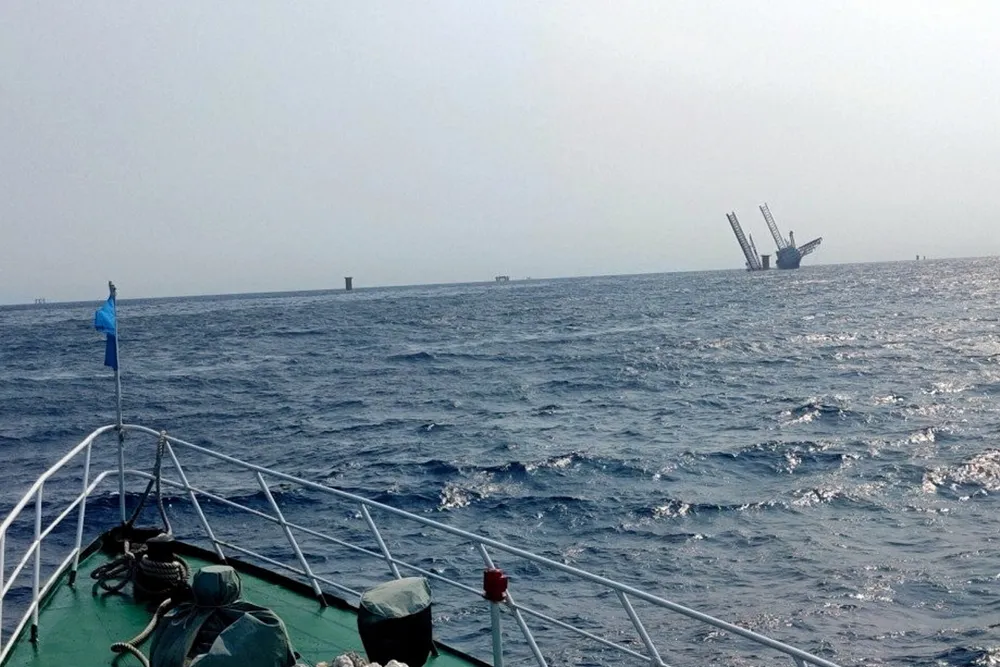Four missing: China offshore wind installation vessel partially capsizes
Rescuers evacuate 61 crew after vessel Shengping 001 tilted to the water after hitting an offshore wind foundation offshore Huizhou on Sunday

Rescuers evacuate 61 crew after vessel Shengping 001 tilted to the water after hitting an offshore wind foundation offshore Huizhou on Sunday
